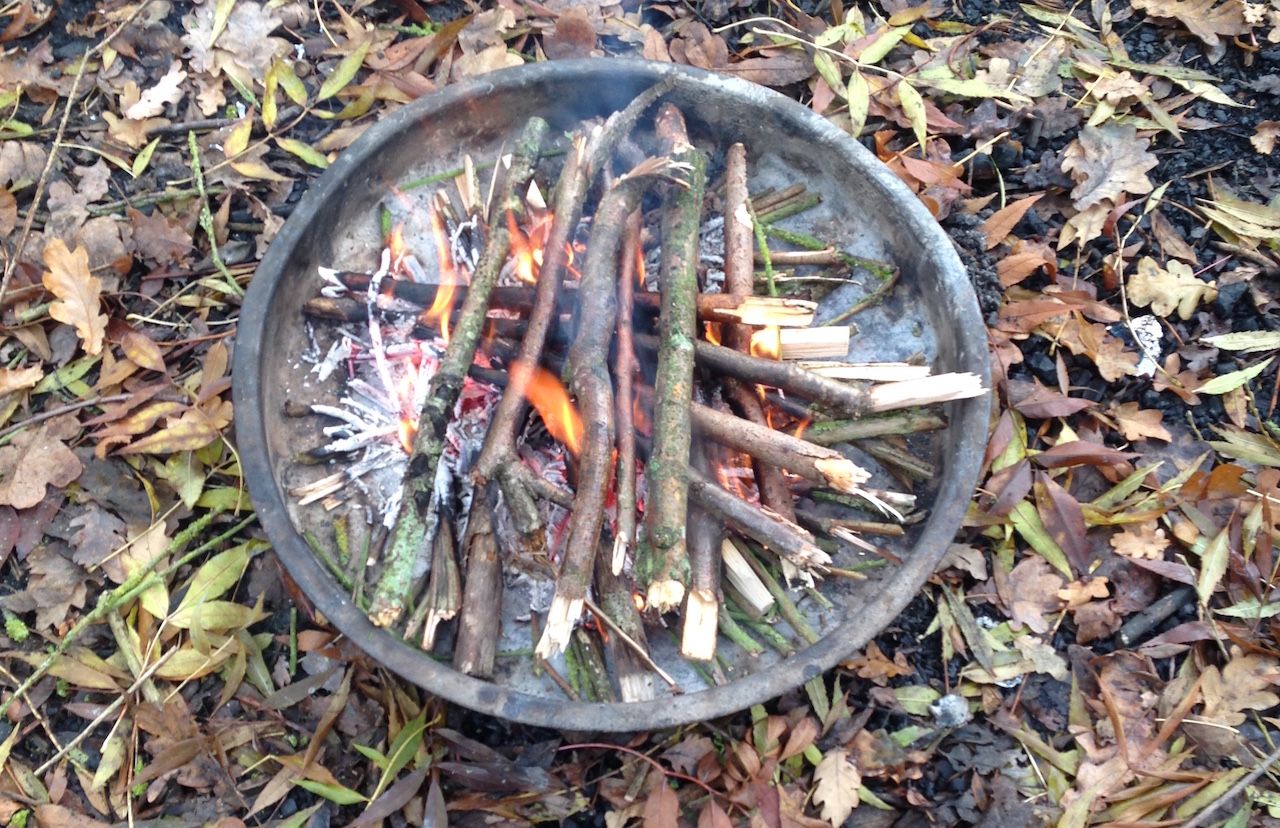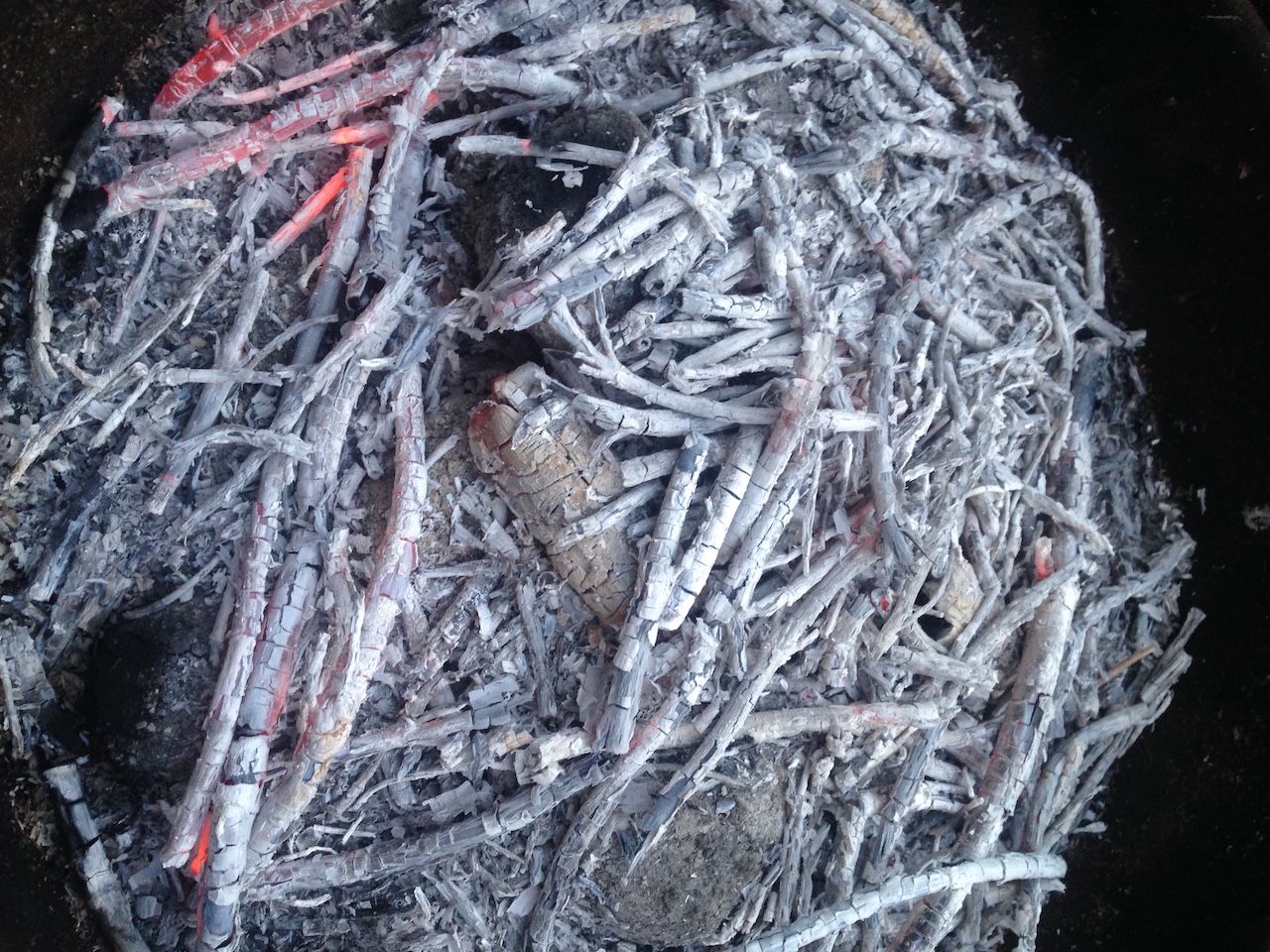
Blog
Stories from my personal journey learning about and delivering Nature-rooted programs across three different countries
Experiential learning and the lighting of a (literal) fire...
Caylin (Forest Schooled)

Empty space, drag to resize
I was helping at a Forest School for under 5s today and there was one little boy, about 4 years old, who was fascinated by the fire. He could see that sticks were piled up in the fire bowl and the flames were going strong. He picked up a soggy stick from the floor and said to me and his mum, “I want to put the fire on this.”
We, of course, knew what he meant (or so we thought..) and said, “Oh ok, you want to put the stick on the fire?” Very logical assumption, right? We adults are good at that... But he immediately said, “No,” and, looking frustrated with us, repeated what he'd said before, “I want to put the fire on this!” holding out the stick. It suddenly became clear to us that he didn't want to add the stick to the fire, he wanted to set the end of his stick on fire, like a torch.
I love moments like this, when we are challenged to see the world through the eyes of a 4 year old. Their world is very different from ours. What we know as 'reality' – what's possible and not possible – has not yet been learned by a 4 year old. For example, it's obvious to us that you can't just set fire to a soggy stick. But for a 4 year old who sees fire emerging from a pile of sticks, why wouldn't it be possible to do that to any stick? It can take quite a bit of effort to empathise with their more simplified world view.
Finally understanding what he meant, his mum said to him gently, “Sweetie, it won't work to put the fire on that stick. It's wet. It won't burn.” It was a brilliant example of adult logic with an honest motivation to teach this young boy how reality works. But he wouldn't accept this truth and continued insisting he wanted to do it. He couldn't seem to understand why it wouldn't burn – her logic didn't make sense to him!
So I tried a different method. I suggested, “How about we put the end of the stick in the fire and see what happens?” He smiled and we walked over to the fire. We knelt down and he placed the end of his soggy stick into the flames.
After a little while, we noticed steam rising off of it, but it wasn't catching fire. He said, obviously very disappointed, “It's not going!” I agreed and replied, “No it's not. Perhaps that's because it's wet? Water puts fire out so sticks only burn well when they're dry.” I had only just repeated what his mum had said minutes before, but I guess now that he had seen it himself, he accepted it as true. So he stated, “I want to use a dry stick then!”
We found a dry stick nearby and placed one end in the fire. Just a few moments later he lifted it up. When he saw there was a small flame flickering on the end of it his mouth dropped, his eyes widened, and he exclaimed, “Look, I did it!” He watched with intense interest as the flame started to die out and turn to a smouldering ember. I gently blew on it and it started to glow brighter. He thought this was amazing and excitedly called his mum over to show her what he could do. He spent the next 15 minutes repeatedly putting the end of his stick in the flames, picking it up, blowing on the end, and smiling and giggling, showing anybody he could his new trick.

As adults, I think we often take for granted that we didn't always know all the things we now accept as 'fact' or even 'common sense' (like water puts out a fire) and that these are concepts that children must learn. When we realise their lack of understanding, we may wish to teach them by simply telling them about it – this seems to be the most efficient means of sharing information. But there are times in which lessons are better learned through direct experience, even if it takes longer.
Many educational theorists, including highly influential figures like John Dewey, Maria Montessori and Jean Piaget, argued that learning can be more powerful when children experience something tangibly for themselves. Carol Mooney (2000) states, "These early theorists all agreed that children learn from doing and that education should involve real-life material and experiences and should encourage experimentation and independent thinking" (pg. 4).
For example, “children might be interested in how things grow. If a teacher reads them a finely illustrated book on how things grow, this instruction will increase the child's knowledge base. But if the child has the opportunity to actually plant a garden at school, the process of digging, watering, observing, and actually experiencing growing things will help the child to construct a knowledge of growing things that he cannot ever achieve merely by looking at pictures” (Mooney, 2000, pg. 62).
I don't think this concept applies just to children either - adult's learning can be amplified in the same way too. For some reason I like to think about this idea using the analogy of hanging up your coat. The coat is 'the information' and the hook is 'the experience'. Someone might give you some information (for example, “Wet sticks don't burn!”), but sometimes we just won't be able to get full use out of that information unless we can apply it to an experience we had for ourselves. We need something to hook our coats on. Otherwise, they just fall to the floor.
References
Mooney, C. G. (2000) Theories of childhood: An Introduction to Dewey, Montessori, Erikson, Piaget & Vygotsky, Redleaf Press, St. Paul, MN, United States.
More Posts
WANT TO GET FOREST SCHOOLED TOO?
Subscribe to my email letters, something special from me to you so we can learn together. Each one is filled with heart-felt stories from the forest, resources you may find useful, and things that hopefully bring a smile too.
Thank you!
© by FOREST SCHOOLED
